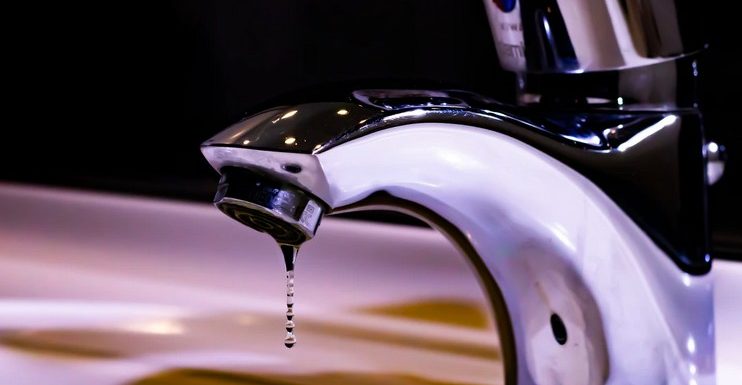
Most bathtub faucets have two handles that control the hot and cold water supplies and a faucet body that mixes the two and sends them to a single spout that fills the tub.
With a lift of the diverter handle, the water is sent from the spout to the showerhead. Always remember to shut off the hot- and cold-water supplies before repairing any faucet.
Table of Contents
How to Fix a Two-Handle Bathtub Faucet
If you have a two-handle bathtub faucet that’s leaking, you probably have leaky compression valves. (You can fix this problem using the method described in How to Fix a Leaky Bath Faucet.)
How to Fix a Single-Handle Bathtub Faucet
If you have a single-handle bathtub faucet that’s leaking, use the following method to fix it:
- Remove the handle and the escutcheon (the plate behind the handle) to expose the shower valve.
- The shower valve consists of a centrally located control valve with a built-in shutoff valve on each side. Turn off these shutoffs with a flat-head screwdriver
- Remove the control valve cartridge, take it to a hardware store, and get the replacement O-rings that are necessary to stop the leak. In extreme cases, you may need to replace the entire cartridge.
How to Fix a Leaky Shower Head
If a shower head is leaking, a worn O-ring is usually to blame. The O-ring seals the shower head to the swivel ball on the wall-mounted shower arm.
- To gain access to the body of a single-handle shower faucet, remove the faucet handle and escutcheon with a screwdriver. If the escutcheon is caulked to the wall, cut the caulk with a utility knife.
- When the escutcheon is removed, turn off both water supply shutoff valves with a screwdriver. Then remove the control valve cartridge with an adjustable wrench.
- Pull the faucet cartridge out of the control valve with pliers, remove the O-rings, and replace them. If the cartridge is worn, replace that too.
How to Clean a Clogged Shower Head
The most common problem with shower heads is spray holes that get clogged with sediment. To fix this, remove the head with an adjustable wrench, wash the head with soap and a toothbrush, and use a straightened paper clip to remove granules from the spray holes.
Even if the shower head isn’t leaking, replace the O-ring when you remove the shower head to clean the spray holes—it’s a sensible preventive measure that can help you avoid future leaks.

